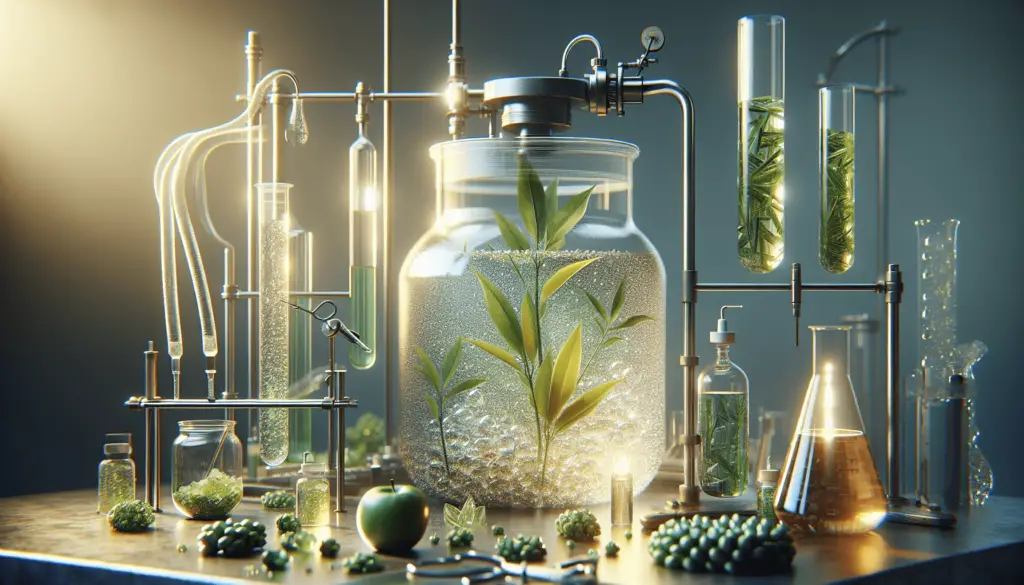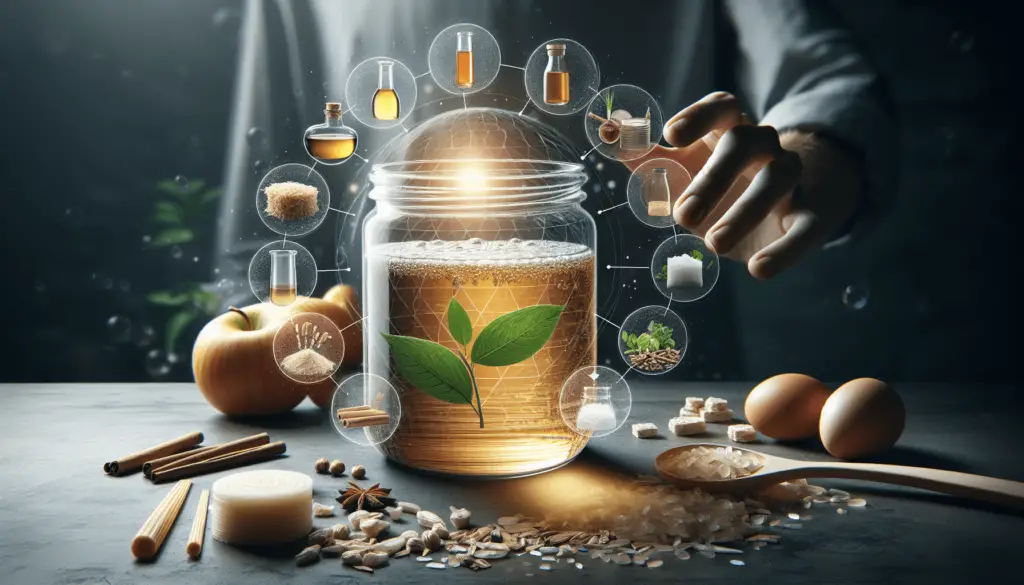Welcome to a comprehensive guide on how to make your own biofuel for sustainable energy. By using everyday ingredients you can find in your own kitchen, garage, or backyard, you can create a clean and renewable energy source that is not only environmentally friendly but also cost-effective. With a few simple steps and some basic equipment, you can take a step towards reducing your carbon footprint and contributing to a greener future. Let’s dive in and learn how to make your own biofuel for a brighter tomorrow! Have you ever wondered how you can make your own biofuel to power your vehicles or generators? Well, you’re in the right place! In this article, you will learn everything you need to know about creating your own biofuel for sustainable energy.
What is Biofuel?
Biofuel is a type of fuel that is made from renewable resources such as plant materials, animal fats, and recycled oils. It is an alternative to traditional fossil fuels and is considered to be more environmentally friendly as it produces fewer greenhouse gas emissions when burned.
Why Use Biofuel?
Biofuel is a great alternative to traditional fossil fuels because it is renewable, reduces greenhouse gas emissions, and can be produced locally, reducing our dependence on imported oil. By using biofuel, you can reduce your carbon footprint and help combat climate change.
Types of Biofuel
There are several types of biofuels that you can create at home, including biodiesel and ethanol. Each type of biofuel has its own production method and can be used in different types of vehicles and equipment.
Biodiesel
Biodiesel is a type of biofuel that is made from vegetable oils, animal fats, or recycled restaurant greases. It can be used in diesel engines with little to no modifications and is a cleaner-burning alternative to traditional diesel fuel.
Ethanol
Ethanol is another type of biofuel that is made from fermenting and distilling plant materials such as corn, sugar cane, or switchgrass. It can be used in flex-fuel vehicles or blended with gasoline to create E85 fuel.

How to Make Biodiesel
Making biodiesel at home is a relatively simple process that involves a few key steps. Here is a step-by-step guide on how to make your own biodiesel.
Materials Needed
Before you can begin making biodiesel, you will need to gather the following materials:
- Vegetable oil or animal fat
- Methanol
- Sodium hydroxide
- Water
- Safety equipment such as gloves, goggles, and a respirator
Process
- Measure out the vegetable oil or animal fat that you will be using as the base for your biodiesel.
- Mix the methanol and sodium hydroxide together to create a sodium methoxide catalyst.
- Add the catalyst to the vegetable oil or animal fat and mix thoroughly.
- Heat the mixture to a specific temperature and let it sit for a certain amount of time to allow the reaction to occur.
- Separate the biodiesel from the glycerin byproduct and wash the biodiesel to remove impurities.
- Test the quality of the biodiesel using a titration test to ensure that it meets the proper specifications.
- Store the biodiesel in a safe container for future use.
How to Make Ethanol
Making ethanol at home involves a process called fermentation, which converts sugars into alcohol. Here is a step-by-step guide on how to make your own ethanol.
Materials Needed
Before you can begin making ethanol, you will need to gather the following materials:
- Sugary plant material such as corn or sugar cane
- Water
- Yeast
- Fermentation vessel
- Distillation equipment
Process
- Chop up the sugary plant material into small pieces to expose more surface area for fermentation.
- Mix the plant material with water and yeast in a fermentation vessel and let it sit for a few days to allow the yeast to convert sugars into alcohol.
- Distill the fermented liquid to separate the ethanol from the water and other impurities.
- Test the quality of the ethanol using a proofing hydrometer to ensure that it meets the proper specifications.
- Store the ethanol in a safe container for future use.

Pros and Cons of Making Your Own Biofuel
While making your own biofuel can be a rewarding and environmentally friendly process, there are also some drawbacks to consider. Here are some of the pros and cons of making your own biofuel at home.
Pros
- Reduce your carbon footprint by using a cleaner-burning fuel
- Save money on fuel costs by creating your own biofuel
- Support local agriculture and reduce dependence on imported oil
Cons
- Initial investment in equipment and materials can be costly
- Time-consuming process that requires careful attention to detail
- Quality control is essential to ensure that the biofuel meets specifications
Safety Precautions
When making your own biofuel at home, it is important to take certain safety precautions to protect yourself and others from potential hazards. Here are some safety tips to keep in mind when making biodiesel or ethanol.
Safety Equipment
Always wear gloves, goggles, and a respirator when handling chemicals such as methanol and sodium hydroxide. These chemicals can be caustic and toxic if they come into contact with your skin or eyes.
Ventilation
Make sure that you are working in a well-ventilated area when making biofuel to prevent inhaling fumes or gases that may be harmful to your health. Consider working outdoors or in a garage with the doors open to allow for proper ventilation.
Fire Safety
Keep a fire extinguisher nearby when making biofuel to quickly extinguish any potential fires that may occur. Do not smoke or use open flames near the production area to prevent accidental ignition.
Conclusion
In conclusion, making your own biofuel at home can be a fun and rewarding process that allows you to reduce your carbon footprint and save money on fuel costs. By following the steps outlined in this article, you can create your own biodiesel or ethanol to power your vehicles and equipment sustainably.
Remember to always take safety precautions when making biofuel and to test the quality of the final product to ensure that it meets specifications. With a little time and effort, you can become a biofuel maker and contribute to a more sustainable future for generations to come.
